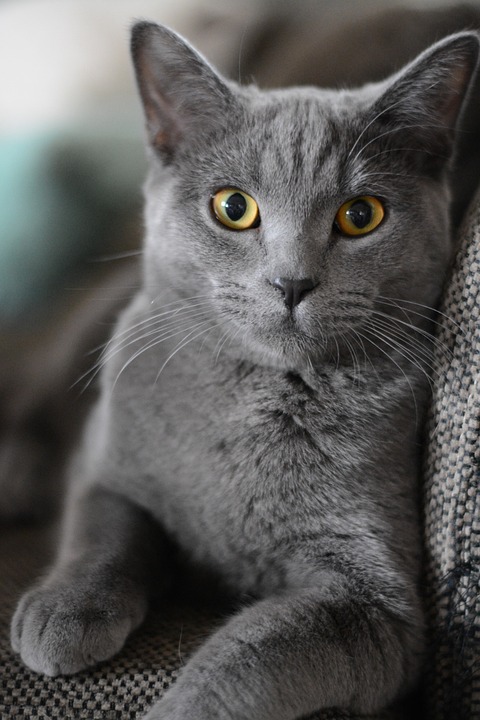Cats are known for their curious and sometimes puzzling behaviors. One behavior that many cat owners encounter is their tendency to paw at their water bowls. In this article, we will explore the reasons behind this behavior and provide effective solutions to address it. We will also answer some frequently asked questions related to cats and their water bowl pawing tendencies.
Cats paw at water bowls for a variety of reasons. One reason is their natural instincts. Cats are curious creatures, and pawing at the water bowl is a way for them to explore their environment. It allows them to investigate the water and their surroundings. Additionally, cats have an instinctual hunting behavior, and pawing at the water bowl may resemble this behavior. In the wild, cats use their paws to catch prey and manipulate objects, so this behavior could be a way for them to mimic hunting.
Another reason for pawing at water bowls is a preference for certain water conditions. Cats are known to be particular about the temperature and freshness of their water. They may paw at the water bowl to indicate that they want cooler or warmer water. Experimenting with different water temperatures can help address this preference. Cats also have a keen sense of smell and may paw at the water bowl to indicate their preference for fresh, flowing water. Investing in a cat water fountain that provides a continuous flow of fresh water may help satisfy this preference.
Pawing at the water bowl can also be a form of attention-seeking behavior. Cats may paw at their water bowls to gain attention from their owners. If they feel lonely or bored, this behavior can serve as a way to engage with you. Providing alternative sources of water and engaging in interactive playtime with your cat can help address this behavior.
To address pawing at water bowls, there are several effective strategies you can try. Providing alternative water sources is one approach. Investing in a cat water fountain that provides a continuous flow of fresh water can attract your cat’s attention and discourage pawing. Additionally, placing multiple water bowls around your home and experimenting with different bowl materials, sizes, and temperatures can help find the one that your cat prefers.
Temperature control is another strategy to consider. Experiment with different water temperatures to observe your cat’s reaction. Try using room temperature, slightly warm, or chilled water to see if it reduces pawing behavior. Adding ice cubes to the water bowl or placing a cooling pad beneath it can also help maintain a cooler temperature, potentially enticing your cat to drink without pawing.
Environmental enrichment is crucial for addressing pawing behavior. Engage your cat in playtime using interactive toys to alleviate boredom and provide mental stimulation. This can divert their attention from the water bowl and discourage pawing. Providing scratching posts can also help redirect their energy away from the water bowl, as cats often redirect their natural scratching behavior towards inappropriate objects.
Now, let’s address some frequently asked questions related to cats and their water bowl pawing tendencies.
Q: Is it normal for cats to paw at their water bowls?
A: Yes, pawing at water bowls is a common behavior among cats. However, understanding the underlying reasons can help address and manage the behavior effectively.
Q: Should I discourage my cat from pawing at the water bowl?
A: It is generally beneficial to discourage this behavior to maintain hygiene and prevent spills. By implementing the strategies mentioned above, you can redirect your cat’s attention and minimize pawing.
Q: How can I encourage my cat to drink more water?
A: Cats are naturally inclined to drink less water than other animals. Ensure your cat has access to fresh water at all times, experiment with different water temperatures, and consider using a water fountain to encourage hydration.
Q: When should I seek professional help for my cat’s water bowl pawing behavior?
A: If your cat’s pawing behavior becomes excessive, obsessive, or is accompanied by other concerning symptoms, it is advisable to consult a veterinarian to rule out any underlying health issues.
In conclusion, understanding why cats paw at their water bowls is crucial for addressing this behavior effectively. By providing alternative water sources, managing water temperature, and enriching your cat’s environment, you can reduce or eliminate pawing behavior. Remember, each cat is unique, so be patient and experiment with different strategies until you find the ones that work best for your feline friend.








